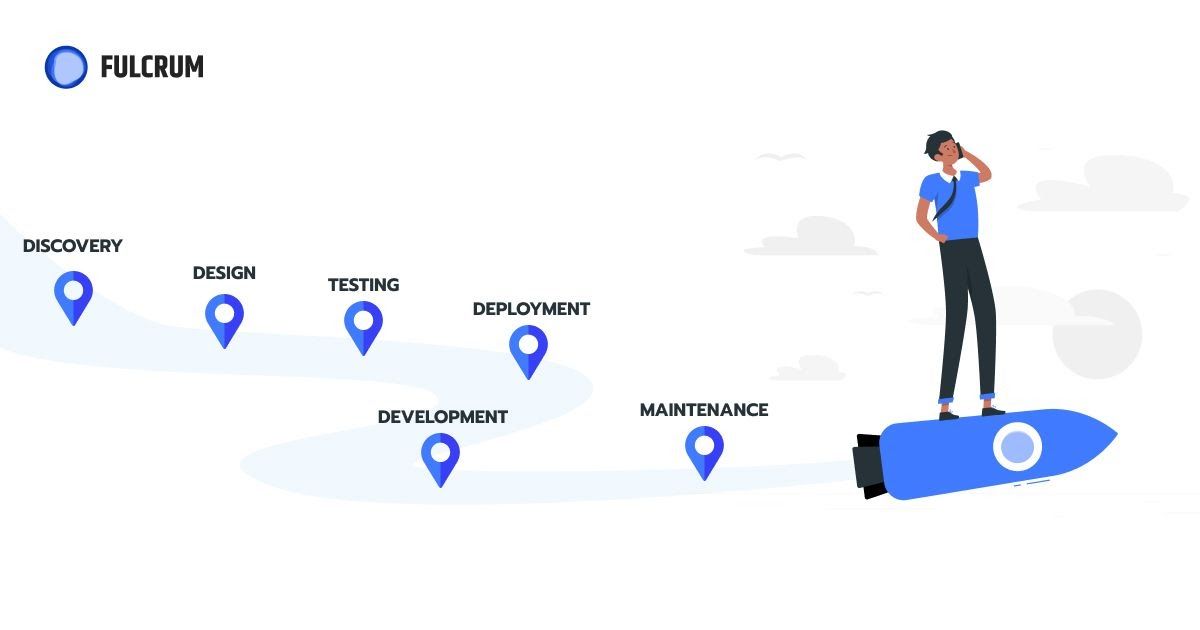Imagine the situation when you finally found a reliable vendor, a qualified outsourcing team, and are on the verge of diving into the project. Still, are you sure everyone has the same idea about the project’s methodology and responsibilities?
Confusion and semantic noise inside the team are spikes in the wheels of the project’s progress and success.
So, if you doubt to answer “yes” to the question, one crucial document is probably, missing. That’s the Statement of Work.
SOW: Project Management Go-To Tool
SOW is a document. It fixes every part of the customer-software development company contract. It includes the project’s roadmap, objectives, deadlines, work standards, terms, payment peculiarities, responsibilities. Besides, it contains information regarding:
- software and hardware constraints;
- security-related issues;
- post-project support;
- fines for non-compliance with the contract terms, poor quality of work, etc.
Its goal is to make the customer-vendor-devs relationship transparent and improve cooperation.
Imagine the journey where everyone knows the final destination, the way to reach it, and its purpose. It has more chances to become one of the best experiences of your life. Not unpleasant memories of aimless wanderings.
Thus, the Statement of Work must be written in simple language, without ambiguous expressions. It must be clear and explicit.
How can a project Statement of Work be helpful for you
The SOW defines and describes each aspect of the devs-customer collaboration. More specifically, it:
- helps both parties synchronize the expectations of the project;
- defines and fixes areas of responsibility;
- helps make a double-check for presale estimate, scope, and budget & make proper fine-tunings before the start;
It may contain a project plan but is not a project plan itself.
What should the Statement of Work include
The more comprehensive the SOW is, the more chances that the customer’s requirements will be met in a cost- and time-effective manner. If you type “Statement of Work example,” Google will show you dozens of variants.
Commonly, the content of the SOW is divided into the following paragraphs:
Introduction
The introduction should describe the nature of the project and list the people involved. Add the place and the date of creating the document to prove its validity.
Purpose of the project
This part contains the goals and objectives of the project. When you understand the client’s expectations, you speak the same language.
Scope of the project
If this section could speak, it would answer the question “What’s going to be done?”. It describes the steps and processes to be made to achieve the project’s goal.
The software development life cycle consists of discovery, UI/UX design, development, and testing phases. It would help if you broke them down into milestones or tasks. If the project is too complex, the tasks can be divided into phases too.

Stuff this section with information about:
- expected budget;
- project managers, customer, vendor, outsourcing team members, stakeholders, and other important figures;
- responsibilities & roles of each team member (read more: RACI matrix);
- project risks and unpredictable situations;
- requirements for the subcontracting devs & work standards.
Location of team members
If there is an outsource team, there are chances that its members will be scattered around the world. Make a list of their location and time zones to know when they are available for meetups and calls.
Standards or how it can be done?
This section describes the operations. It may include coding languages, a list of devices and tools for a testing phase, tools for communication, bonuses, fines, etc.
Deadlines and timeline
The SOW should clearly state the timeline of the project as well as deadlines for each milestone and the contract’s duration.
Control & acceptance criteria
The document should describe the procedure of the revision:
- who and how will review;
- who will make reports;
- what management software is needed.
The SOW should identify the criteria for accomplished tasks. It should clearly define the success and failure of the project. The document should also list the circumstances that can be the reason for the termination of a contract.
Pricing model
In this section, give as many details about the payment terms as possible. If you didn’t decide on the pricing model yet, you could check out our recommendations.
A very special section
In this section, you can fix and clarify any moments relevant to your project. It may be questions about security, warranties, code ownership, travel payments, the structure of the team, etc.

Who Is on Duty Today
Or who is responsible for drafting the document. Probably, the definite answer to this question doesn’t exist. The authors can vary. It can be someone from the project management, software devs, the Chief Information Officer. The outsourcing vendor, the customer, or even the third-party contractor can also participate. Important is that the author knows all ins and outs of the project.
At Fulcrum, we use a time-honored Statement of Work template. Thus, we are sure that we will provide a comprehensive SOW with all the necessary information for effective collaboration.
Final Words
The statement of work is a bridge between the client and the software development company. It establishes communication and contributes to the successful outcome of collaboration. No matter on what side you are. At the end of the day, you are in the same boat.
You can apply to Fulcrum once you hit upon a brilliant idea, and we will help bring it to life!


